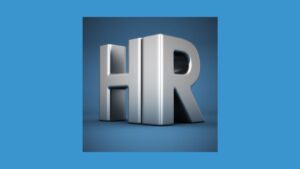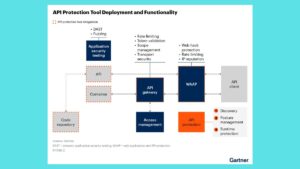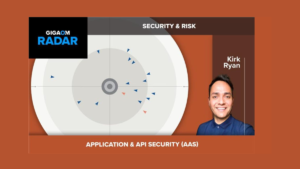5 HR Software Configuration Tools Every HR Professional Needs

In today’s fast-paced business environment, Human Resources (HR) professionals are increasingly relying on sophisticated software to streamline their operations and improve efficiency. Configuring HR software to meet the specific needs of an organization is crucial for maximizing its benefits. Here are five essential HR software configuration tools that every HR professional should consider to optimize their HR processes and drive organizational success.
1. Applicant Tracking System (ATS) Configuration
Streamline Recruitment Processes:
An Applicant Tracking System (ATS) is a critical tool for managing job applications, tracking candidates through the hiring process, and ensuring a smooth recruitment experience. Configuring your ATS to align with your company’s hiring workflows can significantly enhance efficiency.
Key Features to Configure:
- Customizable Job Listings: Tailor job postings to reflect company branding and role-specific requirements.
- Automated Screening: Set up filters and keywords to automatically screen resumes and shortlist candidates.
- Integration with Job Boards: Link your ATS with popular job boards and social media platforms for broader reach.
Example:
- Greenhouse ATS: Allows customization of job pipelines, interview stages, and candidate communications to fit specific organizational needs.
2. Employee Onboarding and Training Platforms
Facilitate Smooth Onboarding:
Effective onboarding is vital for new hires to integrate seamlessly into the company. Configuring your onboarding and training platforms ensures that new employees receive consistent and comprehensive training.
Key Features to Configure:
- Customizable Onboarding Checklists: Create role-specific onboarding tasks and milestones.
- Training Modules: Develop and manage training courses tailored to different departments or job functions.
- Progress Tracking: Monitor new hire progress and completion rates for training programs.
Example:
- BambooHR Onboarding: Provides customizable onboarding checklists and training modules, allowing for a personalized onboarding experience.
3. Performance Management System
Enhance Employee Development:
A well-configured performance management system helps in setting clear goals, conducting regular performance reviews, and tracking employee development. This tool is essential for fostering a culture of continuous improvement.
Key Features to Configure:
- Goal Setting: Define and track individual and team goals aligned with company objectives.
- Performance Reviews: Set up automated review cycles and feedback mechanisms.
- Development Plans: Create personalized development plans based on performance assessments.
Example:
- 15Five: Offers customizable performance review templates, goal tracking, and employee feedback tools that can be tailored to specific organizational needs.
4. HR Analytics and Reporting Tools
Leverage Data for Strategic Decisions:
HR analytics and reporting tools provide valuable insights into workforce metrics, helping HR professionals make data-driven decisions. Configuring these tools to capture and analyze relevant data can drive strategic HR initiatives.
Key Features to Configure:
- Custom Reports: Design reports to track key HR metrics such as turnover rates, employee satisfaction, and recruitment efficiency.
- Dashboard Integration: Set up dashboards to visualize data trends and performance indicators.
- Data Integration: Ensure seamless integration with other HR systems for comprehensive data analysis.
Example:
- Workday Analytics: Provides customizable dashboards and reporting tools to analyze HR data and generate actionable insights.
5. Employee Self-Service Portal
Empower Employees:
An employee self-service portal allows employees to access and manage their own HR information, such as personal details, benefits, and time-off requests. Configuring this portal to be user-friendly and comprehensive can enhance employee satisfaction and reduce administrative burdens.
Key Features to Configure:
- Personal Information Management: Enable employees to update personal details and view their employment history.
- Benefits Enrollment: Allow employees to select and manage their benefits options.
- Time-Off Requests: Facilitate leave requests and track time-off balances.
Example:
- Zenefits: Provides a self-service portal where employees can manage their benefits, view pay stubs, and request time off, all in one place.
Conclusion
Configuring HR software tools effectively is essential for optimizing HR operations and improving overall efficiency. By leveraging tools like Applicant Tracking Systems, Employee Onboarding Platforms, Performance Management Systems, HR Analytics, and Employee Self-Service Portals, HR professionals can streamline processes, enhance employee experience, and drive organizational success. Investing time and resources in configuring these tools to meet your company’s specific needs will yield significant benefits and support your HR team in achieving its strategic goals.






